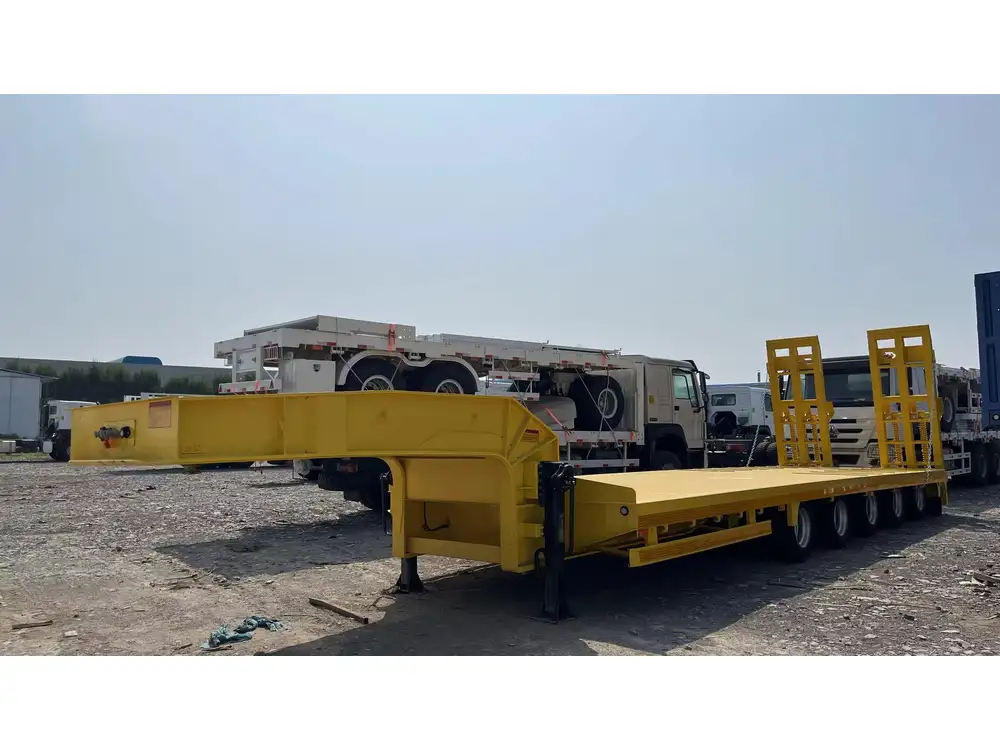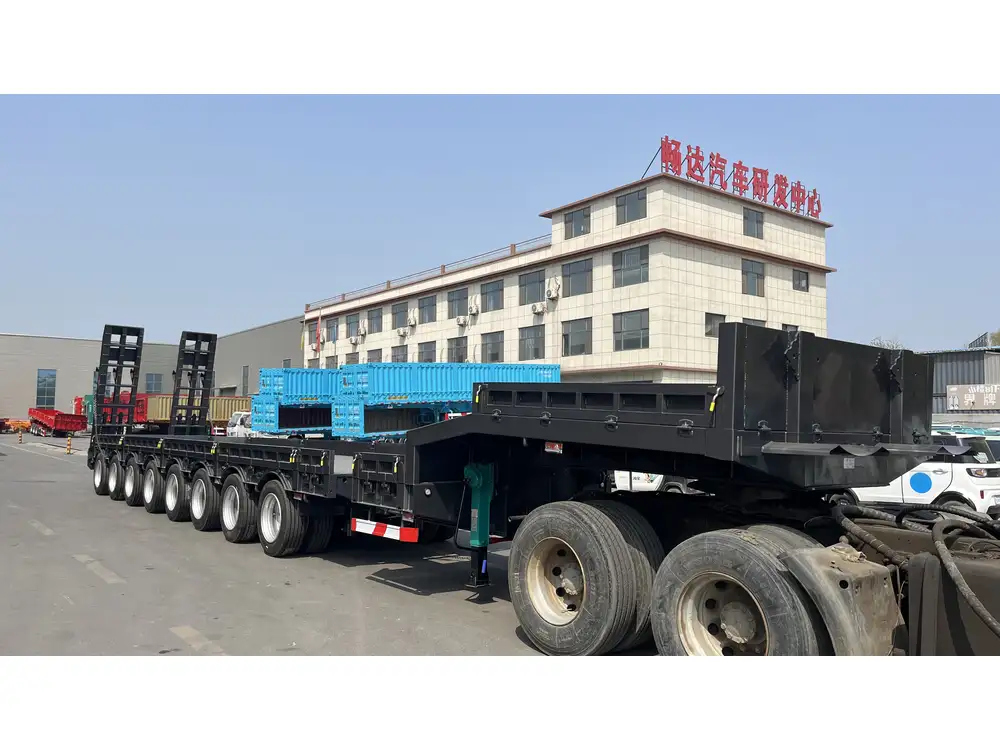When considering logistics and transportation, an essential aspect for businesses involving fluid transport is understanding the capacities of tanker trucks. With a range of applications from fuel and chemicals to food-grade liquids, the precise volume capabilities of tanker trucks influence operational efficiency, compliance, and overall budget management.
In this article, we delve deeply into the aspects of tanker truck capacities, drawing insights from the diverse types of tankers, their configurations, and the implications of their volume on various industries.
Understanding Tanker Truck Capacities
Tanker trucks are specialized vehicles designed to transport liquids. The standard size of these vehicles can vary significantly based on their intended application.
Typical Capacity Ranges
| Type of Tanker | Typical Capacity (Gallons) | Usage |
|---|---|---|
| Fuel Tanker | 6,000 – 11,000 | Transporting gasoline, diesel, and other fuels |
| Chemical Tanker | 4,000 – 8,000 | Transporting hazardous and non-hazardous chemicals |
| Food Grade Tanker | 5,000 – 7,000 | Transports edible liquids such as milk or vegetable oils |
| Bulk Liquid Tanker | 6,000 – 10,000 | Used for transporting a variety of bulk liquids |
| Water Tanker | 4,000 – 8,000 | Supplying potable or non-potable water |

Key Factors Influencing Capacity
Many elements affect how many gallons a tanker truck can hold. These include:
Design and Configuration: Tankers come in various shapes and designs, including cylindrical tanks, and each design has a different volume capacity.
Regulatory Specifications: Depending on local, state, or federal regulations, there may be restrictions on the maximum allowable cargo size for hazardous materials.
Material Composition: The materials used in constructing the tank can also influence its overall weight distribution, structural integrity, and total volume.
Fuel & Load Requirements: More extensive tanks facilitate long-distance travel by reducing the need for frequent refueling, but they may require stricter adherence to transportation regulations.
Types of Tanker Trucks: A Deeper Dive
1. Fuel Tankers
Structure & Design: Fuel tankers are typically designed with multiple compartments, which allow for the simultaneous transportation of different fuel types. The common capacities range between 6,000 to 11,000 gallons.
Industry Impact: As the demand for transportation fuel escalates, fuel tankers play a crucial role in maintaining supply chain efficiency.

2. Chemical Tankers
Structure & Design: Chemical tankers can hold hazardous or non-hazardous materials and generally have safety features in place, including double-hulled designs to prevent leaks. Their capacities range from 4,000 to 8,000 gallons.
Industry Impact: These tankers are essential in the manufacturing of products that range from cleaning agents to industrial chemicals, thus emphasizing the importance of their capacity and safety.
3. Food Grade Tankers
Structure & Design: Food-grade tankers must be equipped to adhere strictly to health regulations. They typically hold between 5,000 and 7,000 gallons.
Industry Impact: With rising awareness of food safety and quality standards, these tankers have become indispensable in ensuring the integrity of the food supply chain.
4. Bulk Liquid Tankers
Structure & Design: Bulk liquid tankers are versatile and can carry various liquid products, with capacities running between 6,000 and 10,000 gallons.
Industry Impact: The fluidity in their use for multiple applications, including chemical and agricultural transport, underscores their efficiency.

5. Water Tankers
Structure & Design: Often employed by municipal authorities and agriculture, water tankers generally have a capacity ranging from 4,000 to 8,000 gallons.
Industry Impact: These tankers are critical in providing emergency supplies in drought-affected areas or during natural disasters.
Capacity Comparison: Understanding Optimal Choices
When selecting a tanker truck, assessing the capacity in relation to the intended usage is vital.
| Volume Requirement | Best Tanker Type | Recommended Capacity |
|---|---|---|
| Low–Medium Volume ( | Water or Food Grade Tanker | 4,000 – 6,000 |
| Medium Volume (6,000 – 8,000) | Chemical or Bulk Liquid Tanker | 6,000 – 8,000 |
| High Volume (>8,000) | Fuel or Chemical Tanker | 8,000 – 11,000 |
How to Choose the Right Tanker
Choosing the appropriate tanker involves considering various factors beyond just capacity. Here’s a succinct approach to aid decision-making:
Type of Liquid to Be Transported: Ensure that the tanker is appropriate for the specific liquid, considering regulations and safety concerns.
Transportation Distance: Assess whether longer routes necessitate larger tanker capacities to minimize stops for refueling or refills.
Regulatory Compliance: Investigate local laws and regulations regarding the transport of hazardous materials and ensure compliance.
Operational Costs: Larger tankers may lead to increased fuel costs. Constantly evaluate the cost per gallon ratio when making fleet decisions.

Conclusion: Making Informed Choices
In summary, understanding how many gallons a tanker truck can hold is pivotal for operational efficiency in various industries. By discerning the unique capacities and applications of different tanker designs, businesses can streamline their transportation processes, maintain compliance with regulations, and ultimately enhance their bottom line.
When deliberating over the right tanker for your transportation needs, reflect on the comprehensive insights provided in this guide. Whether you are transporting water, fuel, or food-grade liquids, the options available can significantly impact your operations.
For further inquiries or tailored recommendations regarding semi-trailer manufacturing and design considerations, don’t hesitate to reach out to experts to ensure your transportation logistics are optimized for success.
By equipping yourself with this knowledge, you pave the way for informed decisions, ultimately leading to increased operational efficiency and customer satisfaction.



